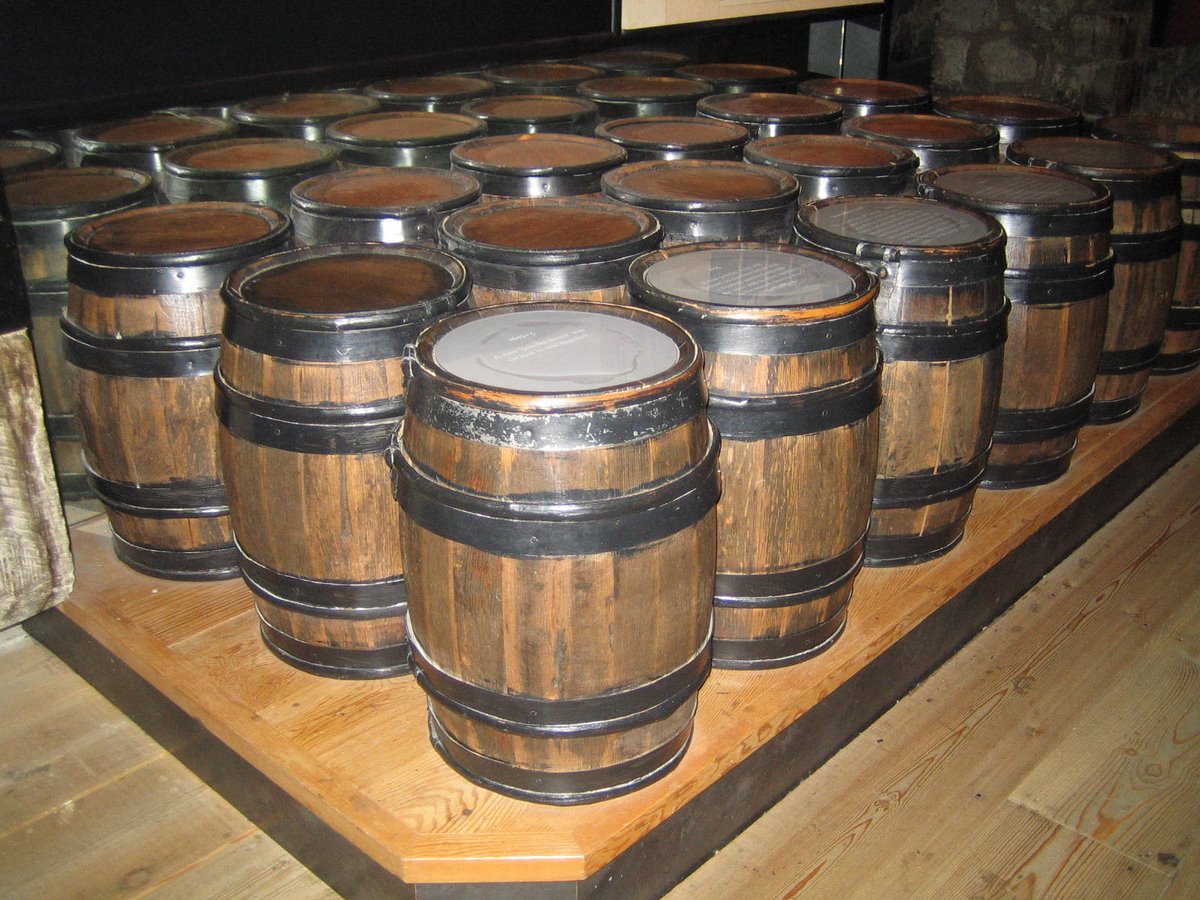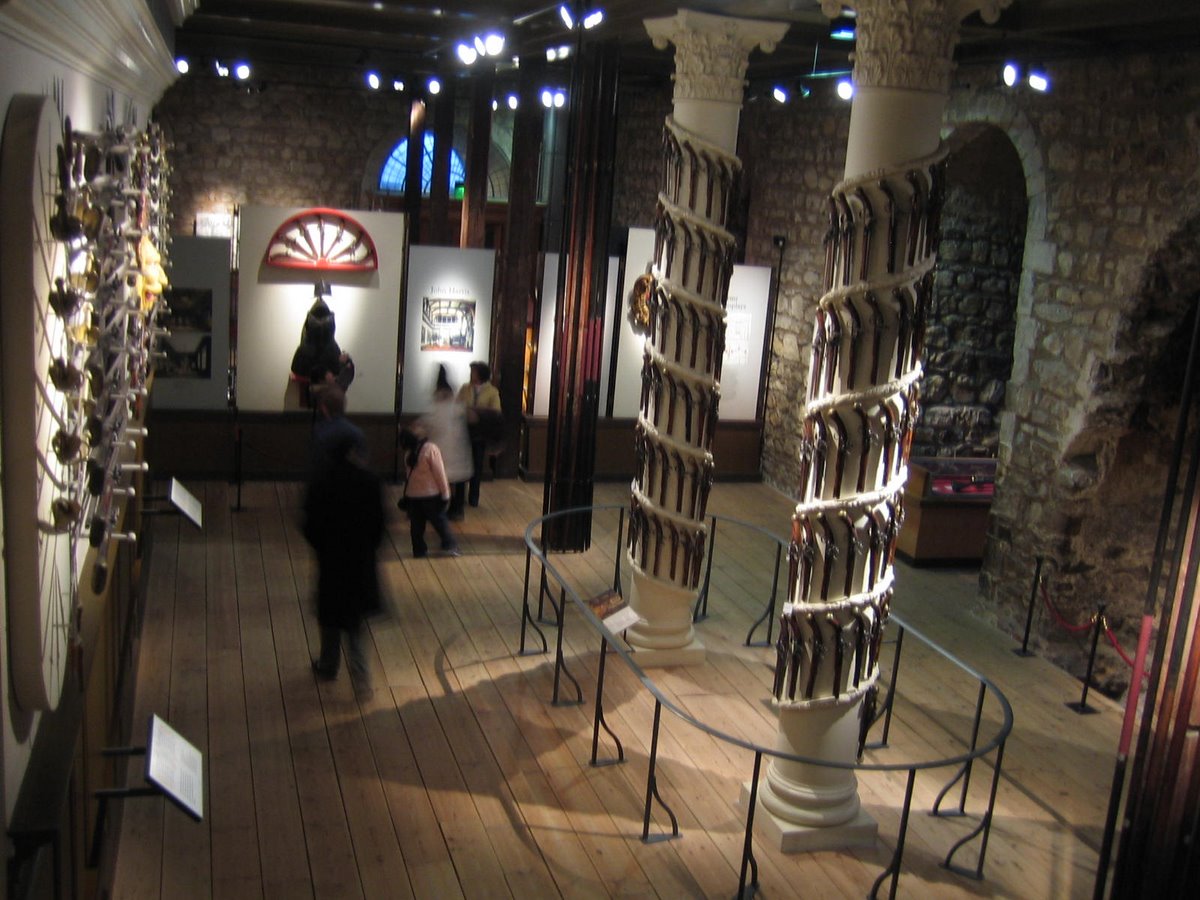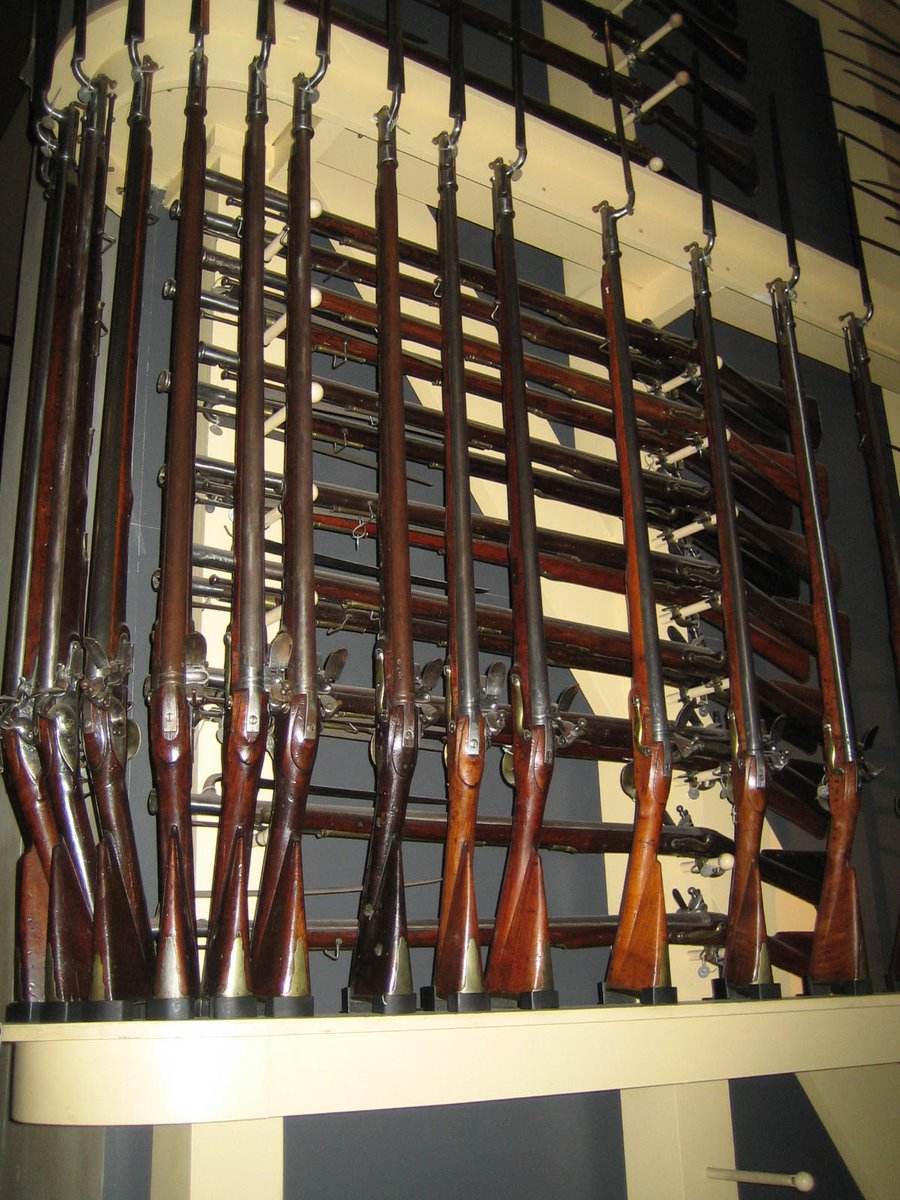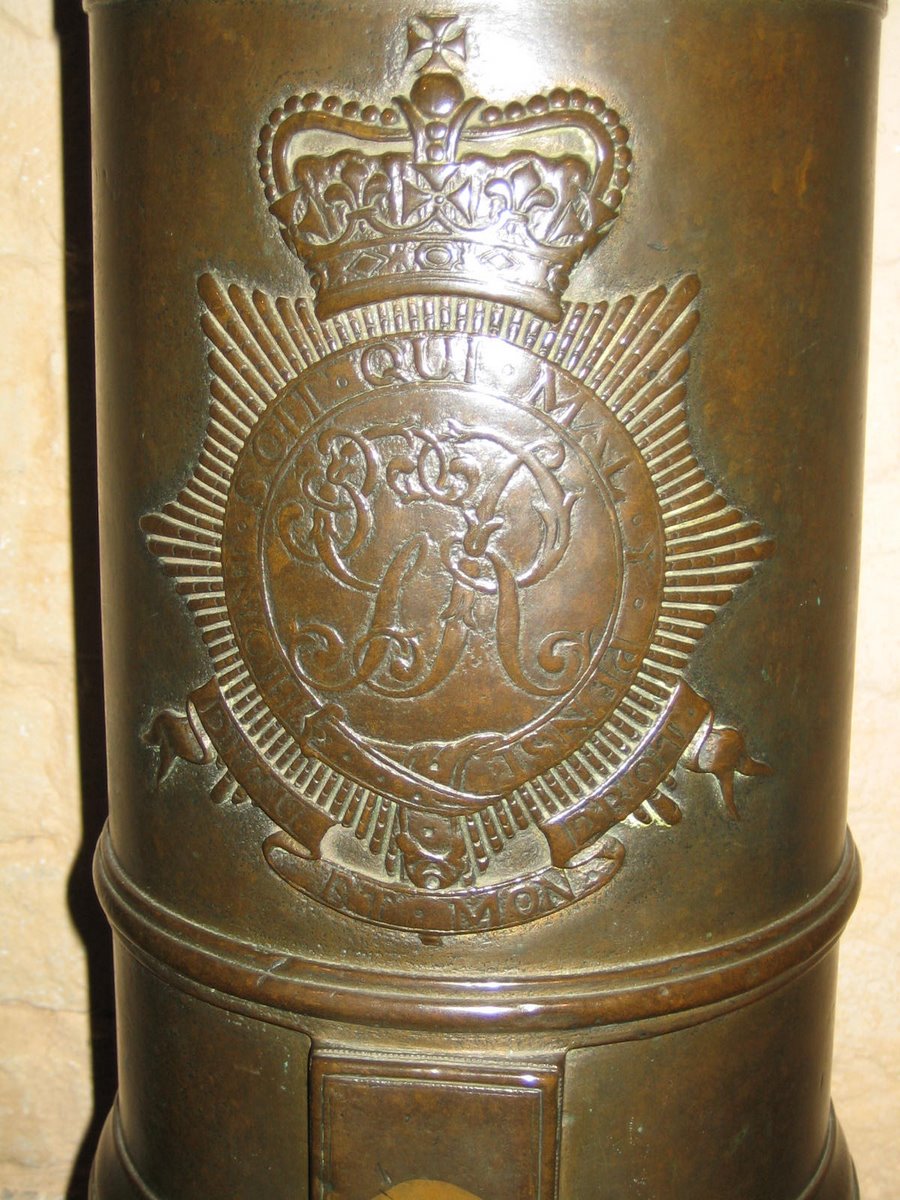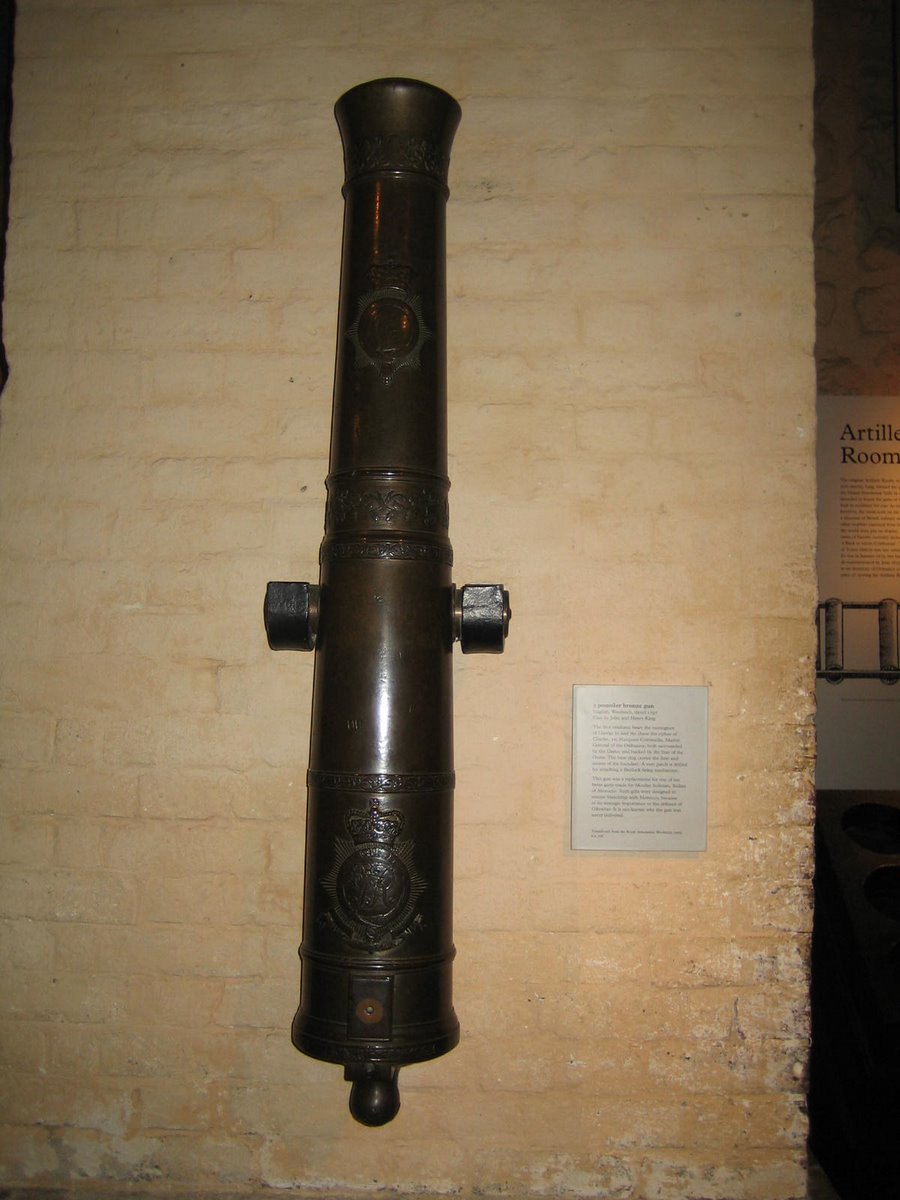The White Tower Armory
Visited 16 March 2006
The two upper floors of the
White Tower now display weapons and armor dating back to the days of
Henry VIII. Before Henry, English armor was fairly
primitive. He was able to do a technology transfer
from Emperor
Maximilian. Arms were typically manufactured at the
Royal Armory in Greenwich but stored in the Tower of London.
|
By 1600, most of the White Tower had been taken over as
an Armory. Ironically, the use of armor declined
significantly during the 1600s.
The White Tower displays its collection roughly in
chronological order with the older weapons on the top floor.
While the first inventory of Royal armor was taken upon
Henry VIII's death, it wasn't until 1660 that the Armory in the White
Tower began to display some of it as an early museum. Most of
the surviving armor of the Tudor and Stuart kings is on display here.
Armor was little used by the infantry: It was heavy and
costly, making it difficult to fight and equip large armies.
The nobles and well-to-do could afford it and the horses
that it took to move it.
At right is a combination
gun and shield. Henry had 80 of these made.
|
 |
 |
Enclosed in a glass case is an equestrian figure in full
armor or extremely high quality. The warrior's armor was
probably given to Henry by Emperor Maximilian and is elaborately
engraved (check out the hem of his "skirt.") . Most likely,
horse and rider are equipped for tilting as this armor would be too
heavy and too rigid to be of use during a long battle.
The horse armor was probably made in the workshops Henry
set up in England using the craftsmen he borrowed from
Maximilian.
|
|
Perhaps the most famous armor here is that of Henry VIII
who brought English Armor up to Northern European standards.
The pieces shown are from around 1540 and could be
interchanged depending upon the situation. The configuration
shown is most likely for standing combat as a horse would probably not
appreciate the protuberance. Probably Henry's six wives
wouldn't either. It's wise to protect the crown jewels in
battle, however. (Anyone remember Eldridge Cleaver's pants?
Talk about 15 minutes of fame!)
Besides its defensive purpose, this armor is a work of
art with the etchings based upon the designs of Hans
Holbein the younger, his court artist who died of the plague
while painting Henry's portrait. (Was he that ugly?)
Henry's sizes and armor changed as he aged and added
girth. This set has a chest size of 54 inches.
Henry was 49 years old when it was made. Born a year before
Columbus stumbled onto America, Henry lived to be 55.
This full suit of armor probably weighs around 80
pounds. It may be good defense, but is probably too heavy for
Henry to do much attacking.
|
 |
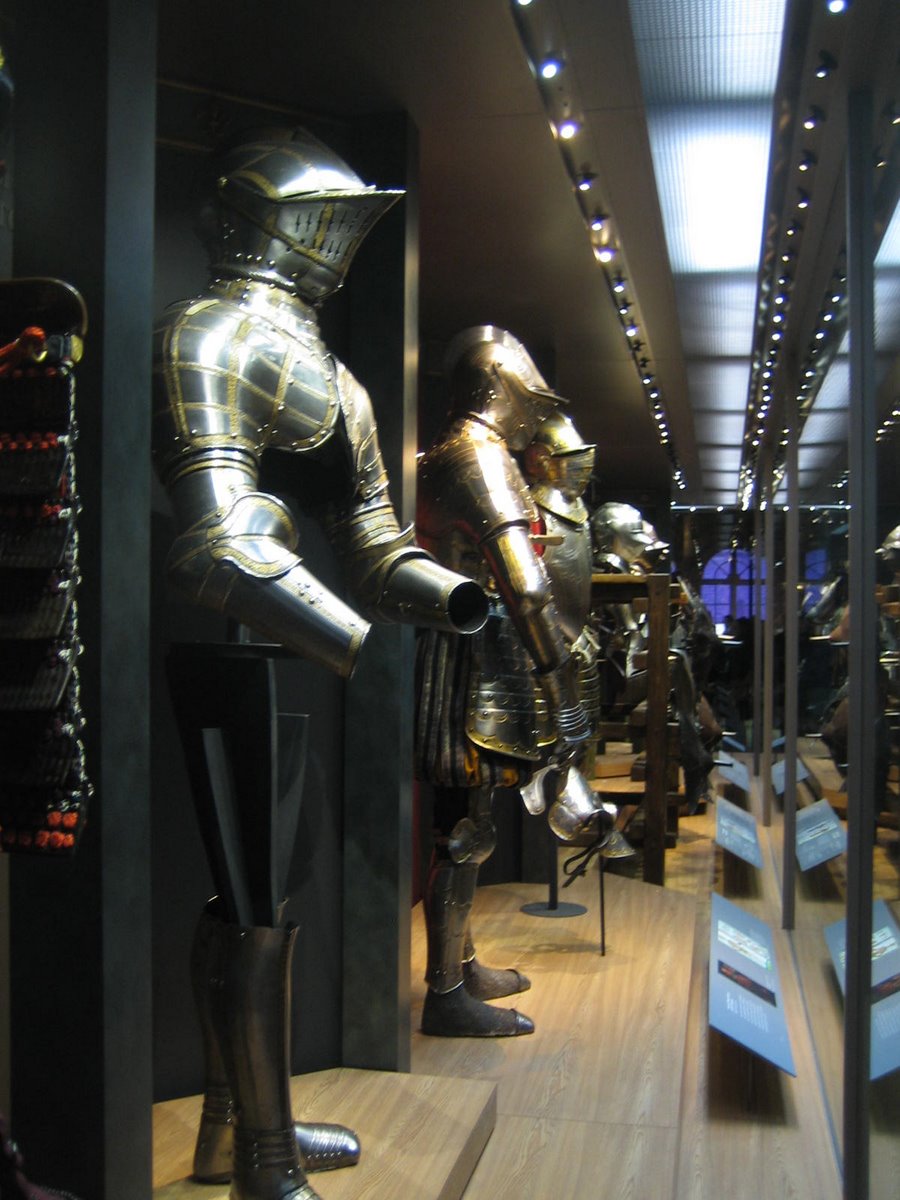 |
Note the elaborate decoration on these tilting suits.
|
The top floor also contains displays of gunpowder as the White
Tower and the Tower of London contained the largest ammunition store in
England by 1600. By 1667, nearly 10,000 barrels similar to
those shown below were stored here. Given that the Great London
Fire of 1666 had stopped just short of the tower, the Brits
began to move this volatile mixture elsewhere. (This was also
wise in that the White Tower was serving as an early form of the
National Archives at this time as well.)
The Armory tour starts on the top floor with the
armor and swords of the 1500s and then descends to the rifles and small
arms on the 2nd floor. Here's a shaky view of the displays
from the stairway...
...And the rifle and sword displays...
...and small arms...
...and rifles.
Descending to the lower floors, cannons
are displayed...
...including some with elaborate decorations.
For an index of all of our London
pictures, click here
Created on 1 November 2006 -- corrected 15 November 2009

This work is licensed under a Creative
Commons Attribution-NonCommercial-NoDerivs 2.5 License.




